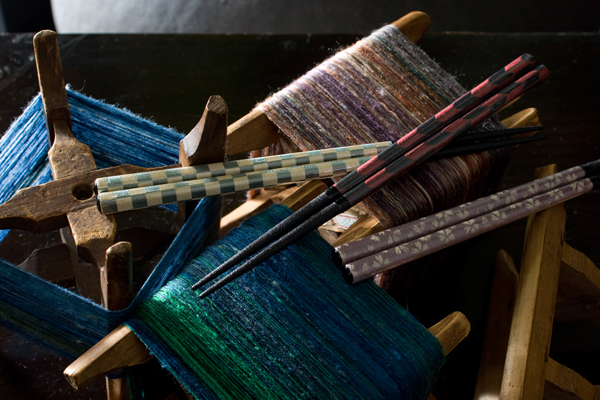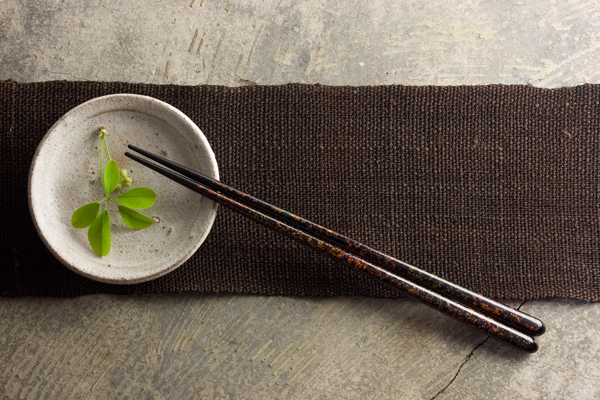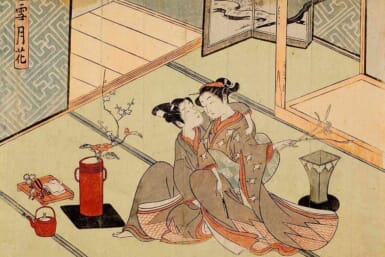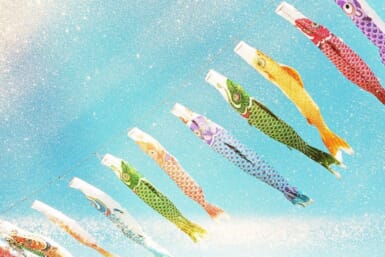Whether you’re a dexterous whiz or fledging finger manipulator with them in your hands, whether you think they make your dish taste more authentic or simply allow you to scan through emails or slash some more watermelons on Fruit Ninja in your non-eating hand on your iPhone while dining, you’ve got to respect those chopsticks.
Once limited to this side of the Pacific Ocean, chopsticks are now staple tools in the hands of skilled noodle slurpers and rice eaters around the world – but we reckon too many of us are using the throwaway version…
Chopsticks: The Low Down
Chopsticks are one of the go-to presents visitors to Japan pick up as keepsakes or to give away as tokens of their journey, so deeply rooted into our perceptions of Japanese culture as they are. As you know, their use is not limited to Japan and collectors who visit China, Korea, Vietnam or any number of other nations may find a different style according to cuisine and cultural variations.
In fact whole theses exist exploring the relationship between family makeup, education levels and climate on the development of design differences; it’s not only food habits that mean Chinese chopsticks are longer and thicker than many, for example, though it is thought the practice of “raking” food into the mouth is one reason points were never ‘sharp’. Japanese chopsticks are shorter and do tend to taper to a point, while Korean chopsticks are characteristically made of metal.
A Bit of Background
Just like paper, printing, gunpowder and compasses, chopsticks originated in China. The first chopsticks were not used as eating utensils, but were probably used only for cooking, stoking a fire, serving or grabbing bits of food from a communal bowl – which may have been further away than dainty modern Japanese hashi could reach…
It appears that the Chinese started using sticks of wood in order to take food from the fire and it wasn’t until the Han Dynasty – approximately 2,000 years ago – that what we now now as chopsticks were first raised to the mouth as a matter of course. Rulers were said later to have often used silver chopsticks, convinced as they were that the metal would change colour if poison was present in the food.
Legend says Confucius had a major influence on their development due to his non-violent teachings: his philosophy was that instruments such as knives, with their connections to war and violence, were not to be used at the dinner table and advocated the new trend for chopsticks. (Then we went and earned the Samurai blade to cut through those melon pixels in our left hand while we ate in the ramen shop – sorry Confucius…)
Did you know?
Chopsticks are such an important part of Japanese culture that the country has designated August 4 every year “Chopstick Day” to express appreciation to chopsticks for their “contributions to dining” and to bless the bamboo trees that have been cut down to make them. Around 100 people head that day to Hie Shrine in Tokyo and throw 7,000 pairs to pray for health.
Etiquette
While some points of etiquette (don’t point them at anyone and definitely don’t stab anyone) are fairly obvious, some we have to learn as we go when living here in Japan. You’ll probably have been told that chopsticks should be held towards their end, not in the middle or the front third. We’d guess someone’s also already let you know leaving stuck-up chopsticks into your food, especially rice, is a major no-no as this is only done at funerals with rice at the altar.
In the same vein, passing food directly from your set of chopsticks to another is one more funeral tradition – involving passing the bones of a cremated body – to avoid mimicking lest you offend.

This picture truly shows what an art a traditional pair can be
Handcrafted Chopsticks
Whether made of lacquered wood or bamboo, whether ornate or simple in design, a set of chopsticks can be a gorgeous keepsake that doubles up with some daily functionality. They are often offered as gifts or tokens of good luck and unique, high quality styles can be found for that purpose. More than 80% of the lacquered chopsticks (Wakasa-nuri) in Japan are made in Obama/Wakasa Bay area of Fukui Prefecture.
In Obama, there are only four people who are acknowledged to be traditional industrial craftsmen by the Ministry of Economy, Trade and Industry – these are craftsmen who make only the highest quality lacquered chopsticks. Using shells and eggshells and patterning with a polished finish, these traditional chopsticks are still crafted in the same way as in days gone by and by owning a set you could help preserve an important tradition.
Text by Vivian Morelli. Images courtesy of jcrafts.com, an online shop dedicated to educating us about and delivering us traditional products from the artisans of Japan.









